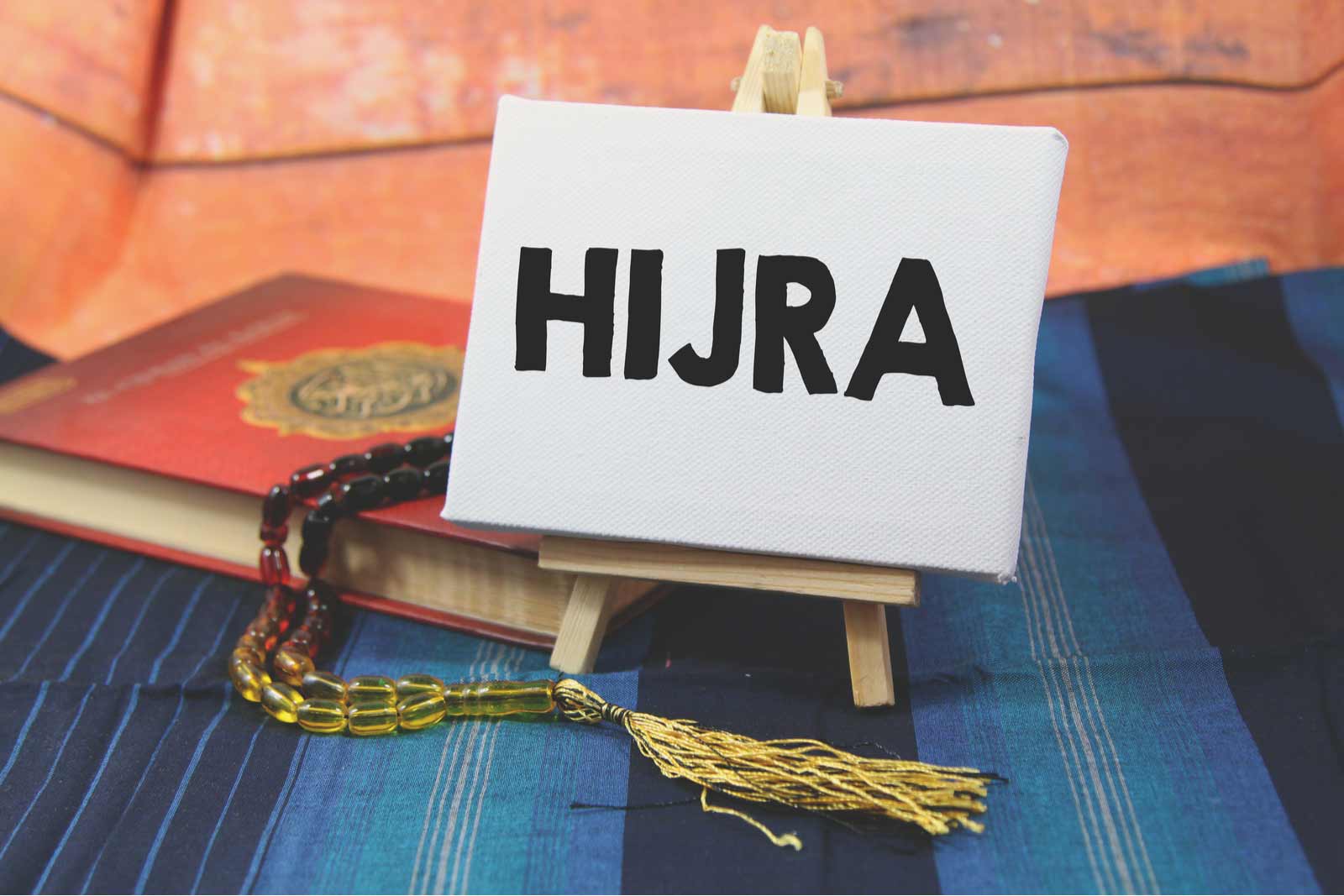Answer
Wa `alaykum As-Salamu waRahmatullahi wa Barakatuh.
In the Name of Allah, Most Gracious, Most Merciful.
All praise and thanks are due to Allah, and peace and blessings be upon His Messenger.
In this fatwa:
There are five lessons for us to learn from Hijrah:
- Sacrifice.
- Women’s empowerment.
- Brotherhood.
- Institution building.
- Social organization through building consensus and principle of pluralism.
In responding to your question, Sheikh Ahmad Kutty, a senior lecturer and an Islamic scholar at the Islamic Institute of Toronto, Ontario, Canada, states:
What Is Hijrah?
Hijrah is full of lessons for the believers as individuals and as a community.
Before proceeding, let me define the meaning of Hijrah:
Hijrah has various shades of meaning such as forsaking, leaving, boycotting, emigrating, etc.
As a term, it is used to refer to migrating to a safer place because of persecution to practice one’s faith in peace.
However, on a spiritual level, Hijrah means shunning the evil in all forms, in obedience to Allah. The Prophet Muhammad (peace be upon him) said; “A muhajir is the one who shuns that which Allah has forbidden.” (Al-Bukhari)
As a technical term, the word Hijrah denotes the Prophet’s migration from Makkah to Madinah
Before Hijrah to Madinah, Muslims emigrated to Abyssinia twice to flee the persecution in Makkah.
Lessons from Hijrah
I list five lessons for us to learn from Hijrah:
- Sacrifice: Hijrah entails great sacrifices for the believers. They had to leave behind them their homes and property and even hard-earned wealth and savings. They did so to flee from persecution and to live their faith in peace. We ought to remember earlier they suffered persecution and even lynching.
One of the least remembered lessons of Hijrah is the participation of women. Women in the early history of Islam were not passive witnesses. Rather, they were active participants but also the narrators. And without this dual role of women, we won’t have any knowledge of this phase of Islamic history since most of these reports came from `A’ishah and Umm Salamah.
Upon arriving in Madinah, the Prophet was challenged to solve the problems of refugees who had come to Madinah barehanded. The Prophet solved this problem by forging the institution of Brotherhood. He did so to ensure that the immigrants were treated like blood brothers until they were able to stand on their own feet.
- Institution building:
The Prophet laid the foundation for Islamic institutions starting with the mosque; this later became the model for the future Islamic cities where the mosque was at the center and settlements and services were organized around the mosque.
The mosque was not merely a place of worship; rather it became an educational center, and hub of activities; social and cultural, etc.
📚 Read Also: Marking the New Hijri Year With Celebrations: Permissible?
- Social organization through building consensus and principle of pluralism
As soon as he became settled in Madinah, the Prophet wrote a constitution, often termed as the first written constitution in the world, which laid the foundations for a pluralistic society. The constitution had terms which stated that all of the citizens of the new state would enjoy rights and duties as equal citizens.
It is a model for Muslims to follow to live as citizens of a pluralistic society.
Almighty Allah knows best.
Editor’s note: This fatwa is from Ask the Scholar’s archive and was originally published at an earlier date.


